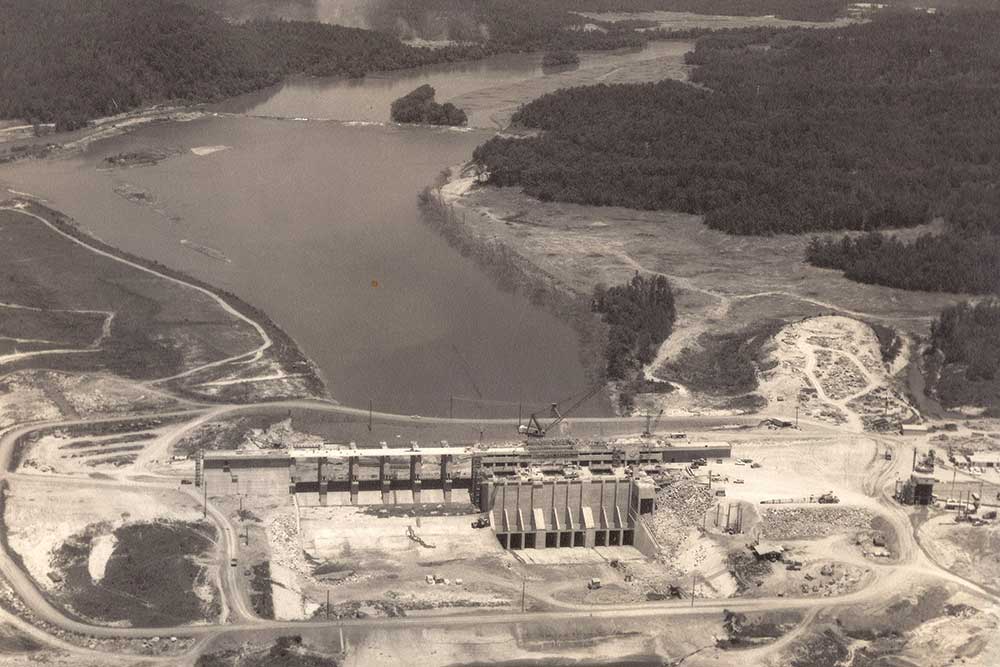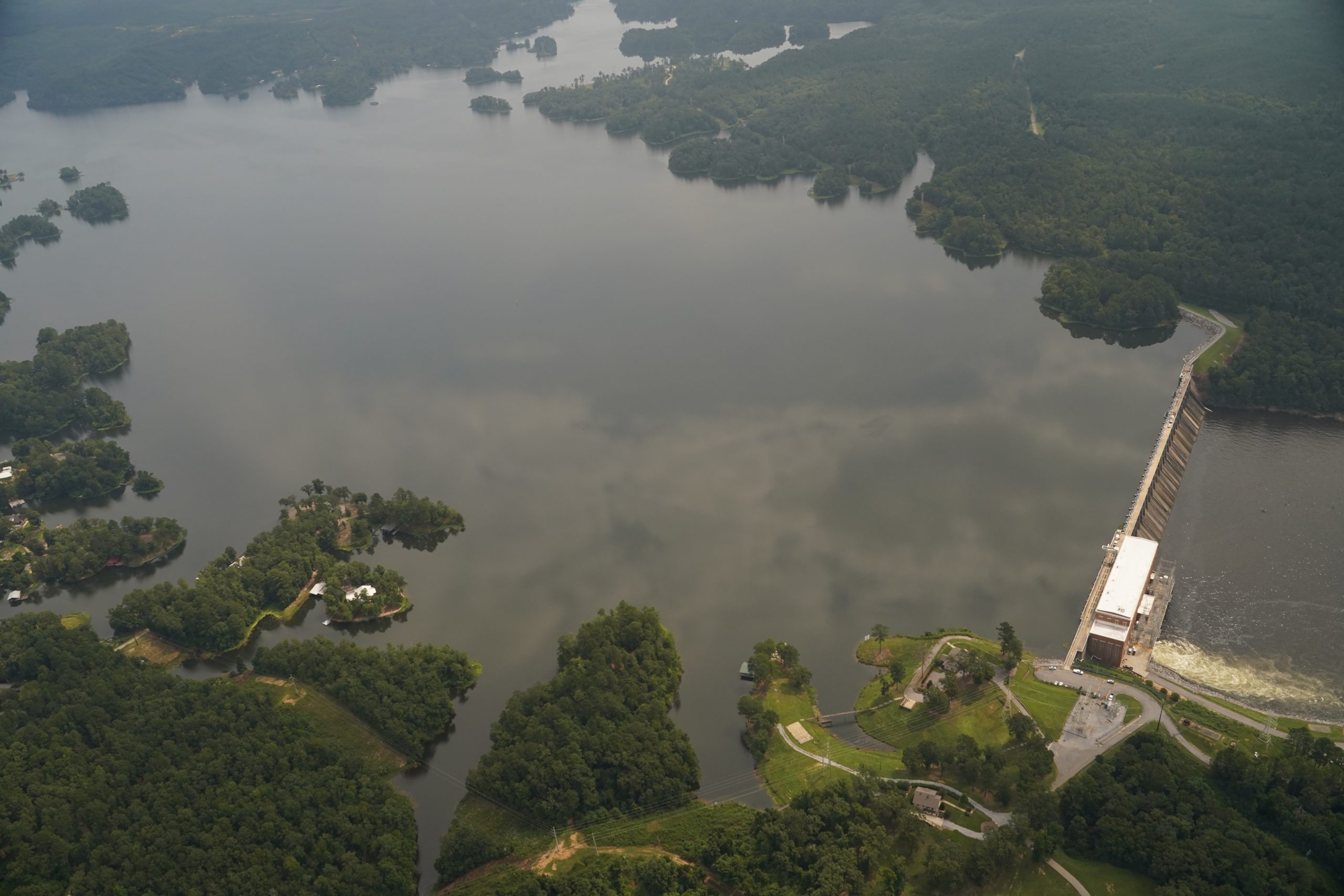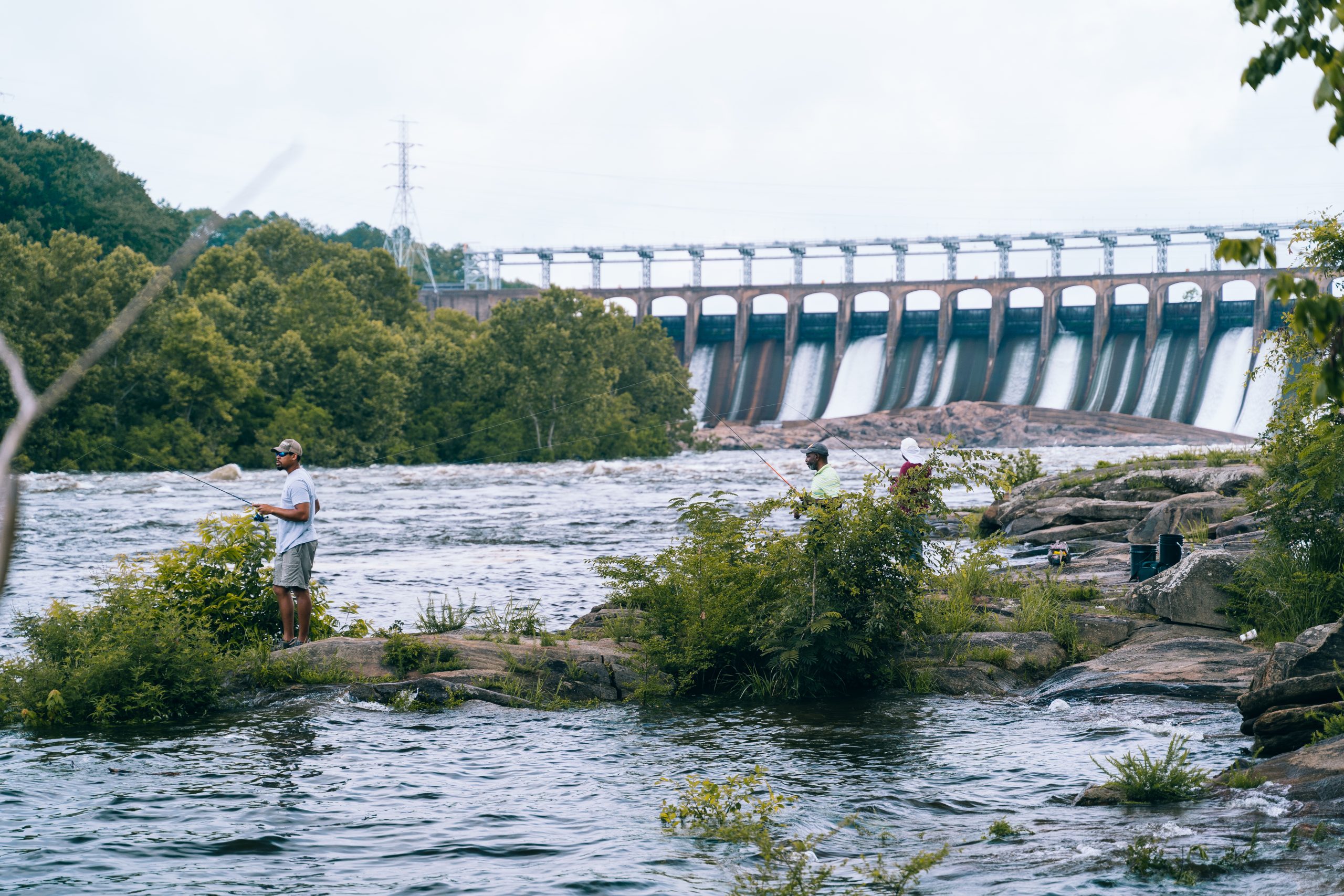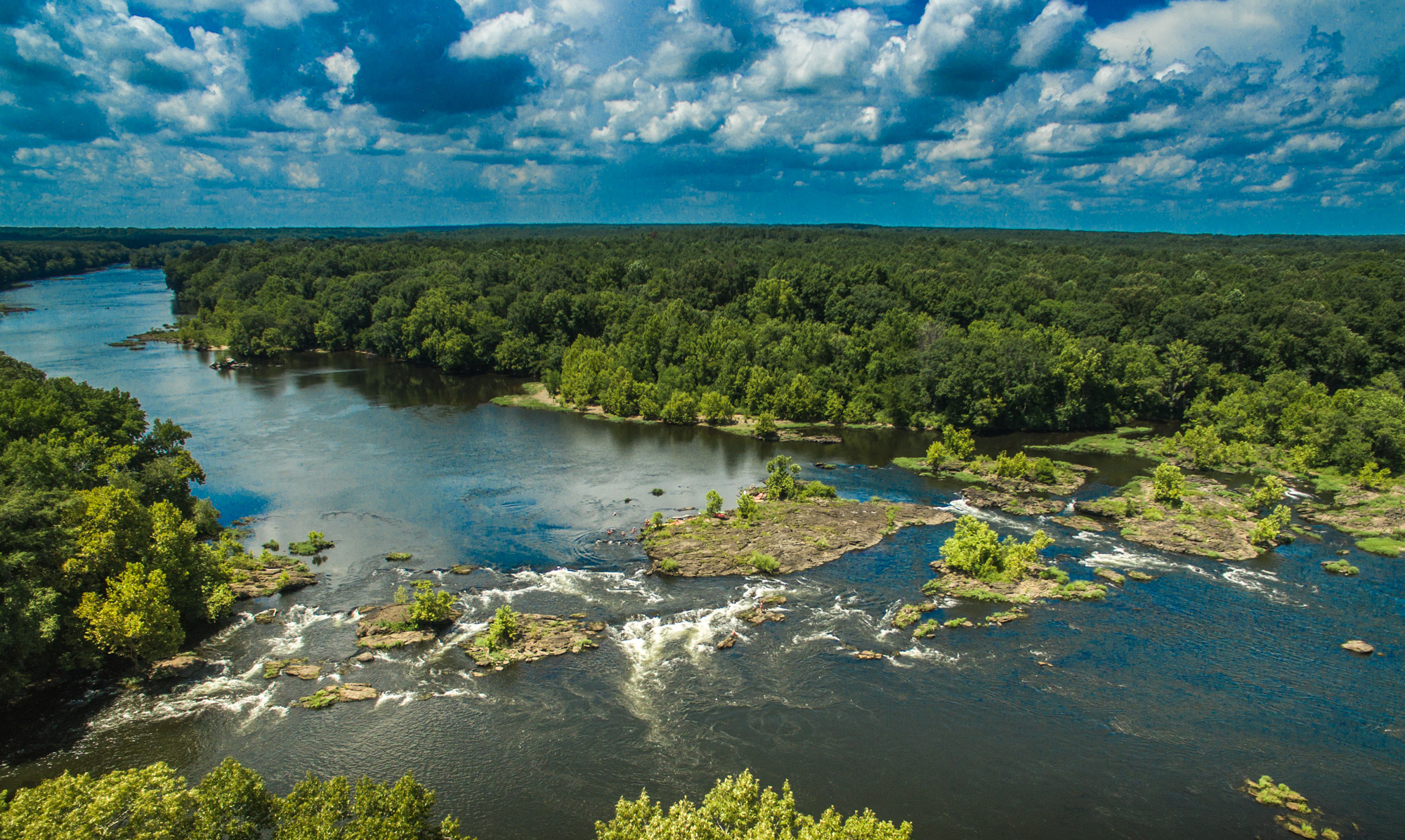History of the Coosa
Donate
Join The Movement
Flow Back In Time
The Creek War (Doy Leale McCall Rare Book and Manuscript Library)

Battle of Mobile Bay (Photo via history.com)

Steamboat U.S. COOSA (Photo by Ken McCulloch)

Construction of Logan Martin Dam (Alabama Power Company Archives)

Construction of Neely Henry Dam – (Image by LakeLife24/7)

Railroad Bridge over Coosa River (Image by Lamar)

Neely Henry Lake Present Day (Image by Chad Hoffman)

Logan Martin Lake Present Day – (Image by Lakes Online Member)

Lay Dam Present Day – (Image by Bruce Pate)

Lake Mitchell and Mitchell Dam Present Day – (Image by Chad Hoffman)

Jordan Dam Present Day – (Image by Chad Hoffman)

The Tailwaters of the Coosa River Below Jordan Dam – (Image by AODrezin)

1540
Early History
Chief Tuskaloosa & de Soto battle for control of the resource rich Coosa Valley. The Battle of Maliba, (although it’s argued over, it’s thought to be north of present day Selma, AL) was narrowly won by the Spainiards and is still known to be one of the bloodiest battles in North American history.
1717
The French established Fort Toulouse high atop the confluence of the Coosa and Tallapoosa. The Creeks would peacefully trade with the French and English for the next four decades.
Early 18th Century
Travel Made Easier
An alliance called the Creek Indians was formed, comprised of several Native American river chiefdoms from the Coosa, Tallapoosa and Chattahoochee Valleys. Later, competing trade by the English and French led to the division of the Creek people into Upper and Lower Creeks.
Chief Tuskaloosa & de Soto battle for control of the resource rich Coosa Valley. The Battle of Maliba, (although it’s argued over, it’s thought to be north of present day Selma, AL) was narrowly won by the Spainiards and is still known to be one of the bloodiest battles in North American history.
1805
Lower Creeks allowed the United States government to build a horse path by which mail could be carried. The path crossed the Chattahoochee River and followed the Alabama below the forks of the Coosa and the Tallapoosa. By 1811, the horse path in the Southern Coosa Valley had become a federal road and was filled with Georgians and Carolinians heading toward Alabama.
1813 - 1814
American frontiersmen and Native Americans fought what is known as the Creek War, part of a larger conflict – the War of 1812. Ultimately it would decide the fate of Alabama.
Mid-Late 18th Century
Steamboat era
During this era navigation along the Coosa was still extremely difficult. Even with the difficult navigation, the Coosa River was still very crowded. Thirty-nine steamboats would flourish on the Coosa from 1845-1930. Ultimately, railroads would take away the potential for the Coosa steamboats.
1845
The Coosa’s first steamer, U.S.M. Coosa first appeared on its namesake
1890
The United States cancelled all mail contracts with riverboats on the Coosa turning them over to the railroads. As other means of transportation became more readily available, fewer and fewer people cared about opening the Coosa to navigation. Competition from the railroads locked steamboats into the same hopeless cycle, and by the late 1930’s only a few steamers were left on our river.
Turn of the century
Hydropower Dams
Around the turn of the twentieth century, William Patrick Lay, scion of river valley pioneers and a leader in the Coosa-Alabama River Improvement Association, was beginning to imagine other uses for the Coosa. By the late nineteenth century the age of electricity was dawning, and Lay was one of Alabama’s pioneers in the field.
1887
Lay built the first electric power plant in Gadsden – a steam operation to only serve the town.
1914
William Patrick Lay was producing hydroelectric power at a plant on Big Wills Creek, a Coosa tributary, and selling it in the Attalla vicinity. The venture prospered, leaving the avid Lay dreaming of making more profits by harvesting power from a large river like the Coosa.
William Patrick Lay found two major partners, James Mitchell for financial support, and Thomas Martin for legal support. Together the group began work on the site of old Lock # 12. By 1914 Lay Dam was complete, turbines at the old Lock # 12 dam were generating power, and electricity was humming across transmission lines to sites as far away as Birmingham.
1920
The 1920s roared for Alabama Power Company. In 1923, construction of Mitchell Dam was completed. In 1929 it was joined by Jordan Dam, which flooded the Coosa’s most infamous rapids, Devil’s Staircase.
1950 - 1970
On November 12, 1953, Alabama Power filed an application with the Federal Power Commission for a preliminary permit for a multi-dam project on the Coosa. The company would invest $100 million to build five dams on the river. The project would be completed in no more than ten years. Now things began to move fast and furiously. Weiss Dam was brought on the grid in 1961, Logan Martin in 1964 and Neely Henry in 1966.

